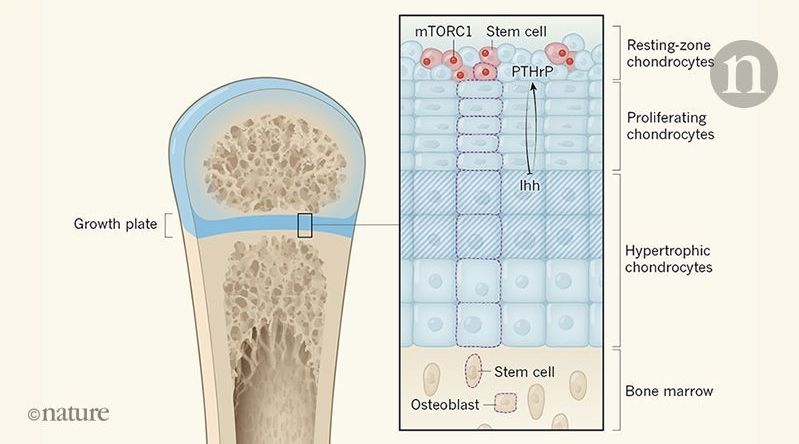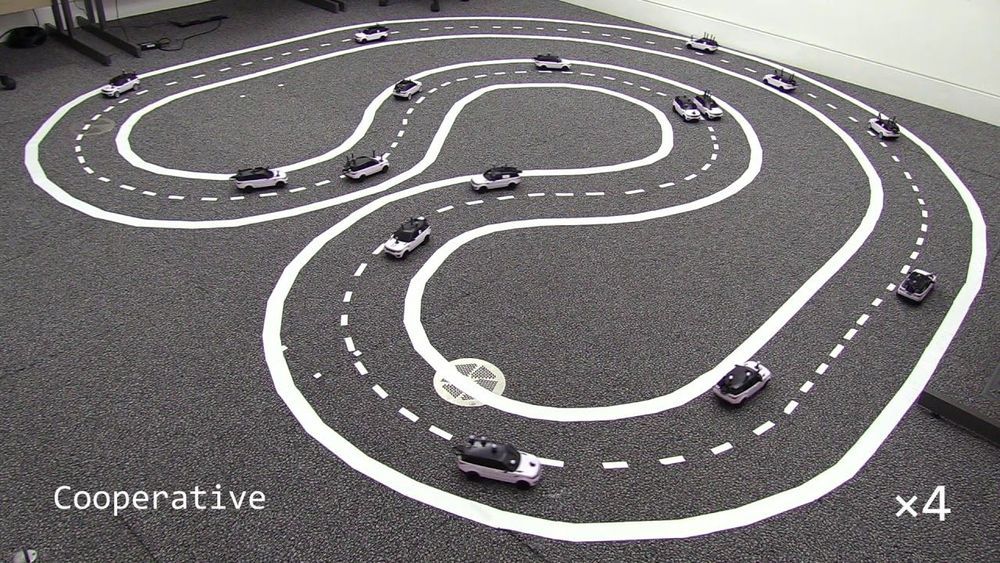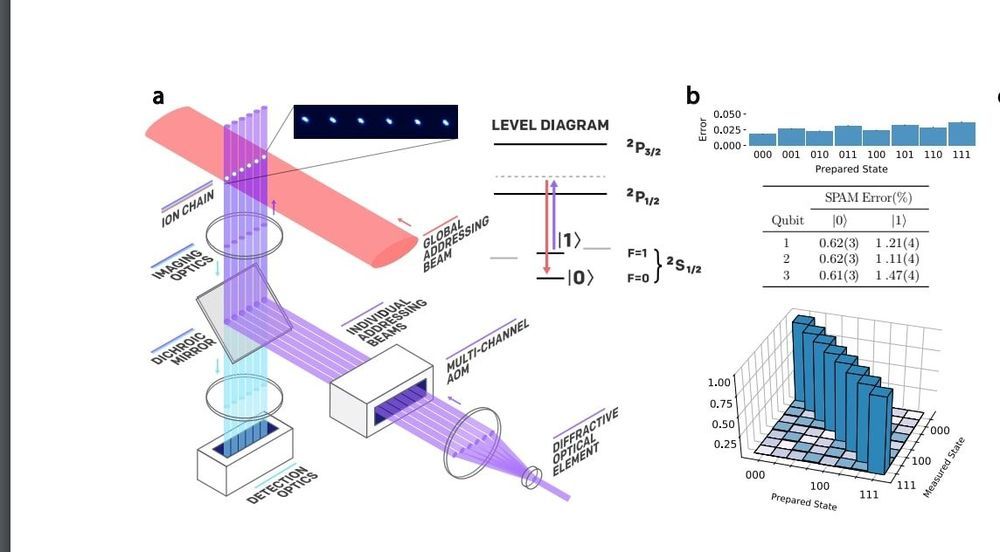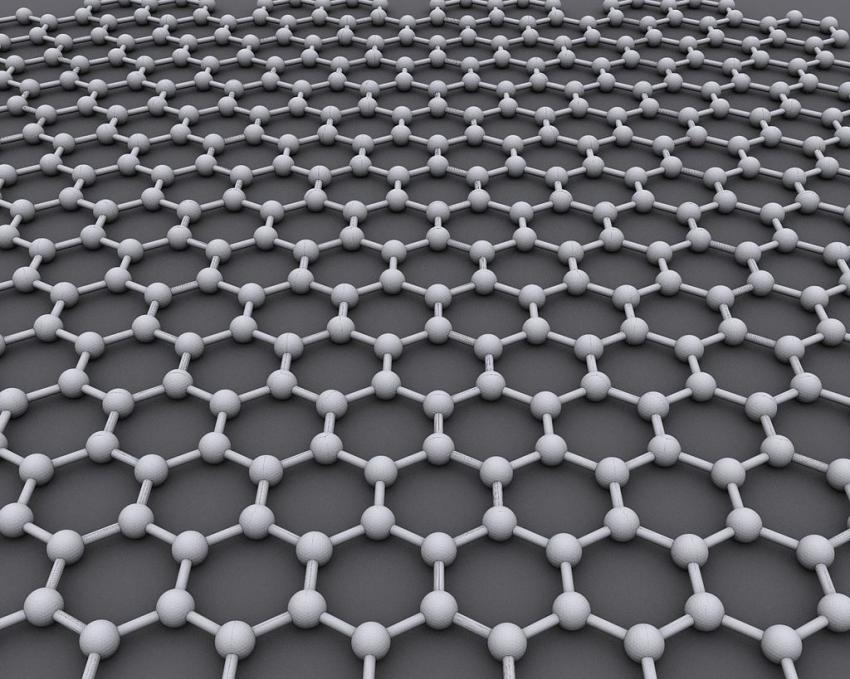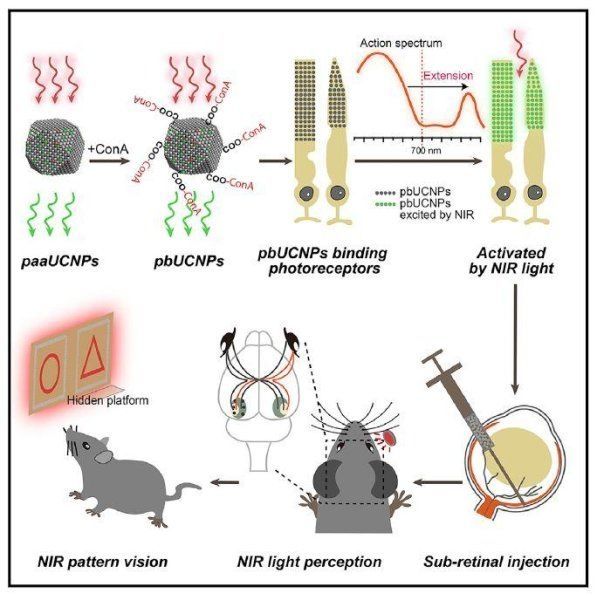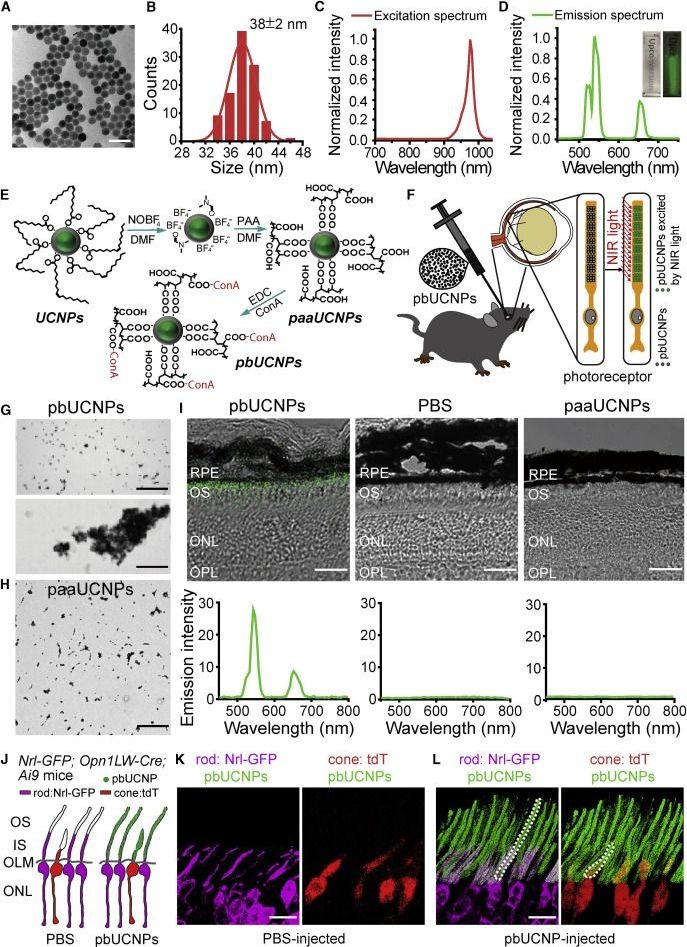Feb 28, 2019
FedEx turns to Segway inventor to build delivery robot
Posted by Quinn Sena in categories: business, robotics/AI, transportation
FedEx is the latest company to join the delivery robot craze.
The company said Wednesday it will test a six-wheeled, autonomous robot called the SameDay Bot in Memphis, Tenn. this summer and plans to expand to more cities.
It’s partnering with major brands, including Walmart, Target, Pizza Hut and AutoZone, to understand how delivery robots could help other businesses.
Continue reading “FedEx turns to Segway inventor to build delivery robot” »

